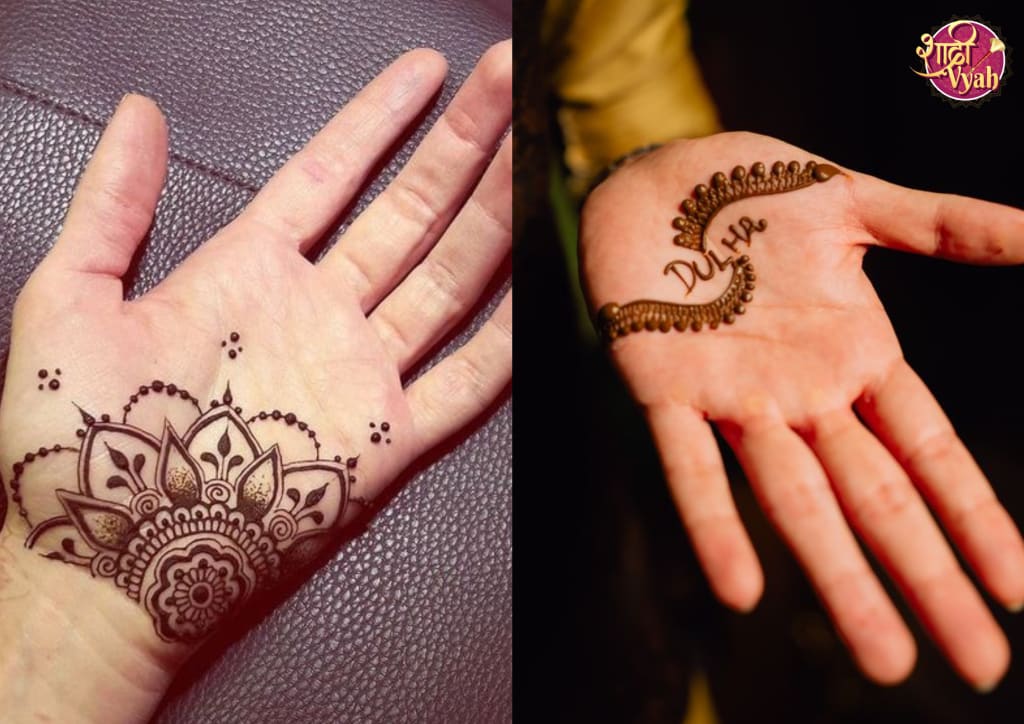The Cultural Significance of Mehndi for Grooms
Mehndi for Grooms

Mehndi, or henna, is an ancient art form with deep cultural roots in many parts of the world, particularly in South Asia, the Middle East, and Africa.
Traditionally, the application of mehndi has been associated with various ceremonies and celebrations, most notably weddings.
While it is often seen adorning the hands and feet of brides, mehndi holds significant cultural importance for grooms as well.
Historical Context and Tradition
The practice of applying mehndi dates back thousands of years. In ancient times, it was believed that henna had barakah, or blessings, and could bring good fortune and protection against evil spirits.
This belief extended to both brides and grooms, as mehndi was seen as a way to ensure a prosperous and happy married life.
For grooms, mehndi application is more than just a ritual; it symbolizes the acceptance of the new phase in their lives and is a mark of celebration and joy.
Symbolism in Mehndi Designs for Grooms
Mehndi designs for grooms are typically more understated compared to the elaborate patterns seen on brides.
However, the symbolism embedded in these designs is equally profound. Common motifs include geometric patterns, lines, and small symbols that represent strength, protection, and a new beginning.
These designs often include elements that signify fertility, love, and prosperity, aligning with the traditional beliefs associated with mehndi.
Regional Variations and Practices
The significance of mehndi for grooms can vary across different cultures and regions. In India, for example, the groom’s mehndi might include patterns that reflect his heritage and family traditions.
In some Middle Eastern cultures, the mehndi for grooms is a part of the “Henna Night,” a pre-wedding celebration that includes music, dance, and the application of henna on both the bride and groom.
In African traditions, especially in Morocco, grooms might have henna applied in a way that reflects tribal symbols and protection against evil spirits.
Modern Adaptations and Trends
In contemporary times, there has been a resurgence of interest in minimal and modern mehndi designs for grooms.
These designs are characterized by their simplicity and elegance, often incorporating geometric shapes, initials of the bride and groom, or even small symbols that have personal significance.
This modern twist allows grooms to embrace tradition while maintaining a stylish and understated look.
Rituals and Ceremonies
The mehndi ceremony for grooms is often a festive occasion, filled with joy and anticipation. Family members and friends gather to apply henna, sing traditional songs, and celebrate the upcoming union.
This ritual not only enhances the aesthetic appeal of the groom but also serves as a bonding activity that brings together family and community members.
It’s a time for the groom to relax and enjoy the pampering before the hustle and bustle of the wedding day.
Spiritual and Emotional Dimensions
Beyond its decorative appeal, mehndi has a deeper spiritual and emotional significance.
The process of applying mehndi is meditative and calming, helping the groom to center himself and reflect on the vows he is about to take.
The natural cooling properties of henna also have a soothing effect, which can help alleviate any pre-wedding jitters.
Emotionally, the act of receiving mehndi from loved ones symbolizes their blessings and support as the groom embarks on his new journey.
Global Influence and Acceptance
The cultural significance of mehndi for grooms has also gained recognition and appreciation beyond traditional boundaries.
In Western countries, where multicultural weddings are becoming more common, the practice of applying mehndi on grooms is seen as a beautiful way to honor and incorporate cultural heritage into the ceremony.
This global influence has helped in spreading awareness and appreciation for the rich traditions and symbolism associated with mehndi.
Conclusion
The cultural significance of mehndi for grooms is a beautiful testament to the enduring power of tradition and symbolism.
It represents more than just a decorative art form; it is a meaningful ritual that encompasses blessings, protection, and the celebration of new beginnings.
As modern trends continue to evolve, the core essence of mehndi remains rooted in its cultural heritage, ensuring that this timeless practice will continue to be cherished by grooms for generations to come.
About the Creator
Enjoyed the story? Support the Creator.
Subscribe for free to receive all their stories in your feed. You could also pledge your support or give them a one-off tip, letting them know you appreciate their work.





Comments
There are no comments for this story
Be the first to respond and start the conversation.